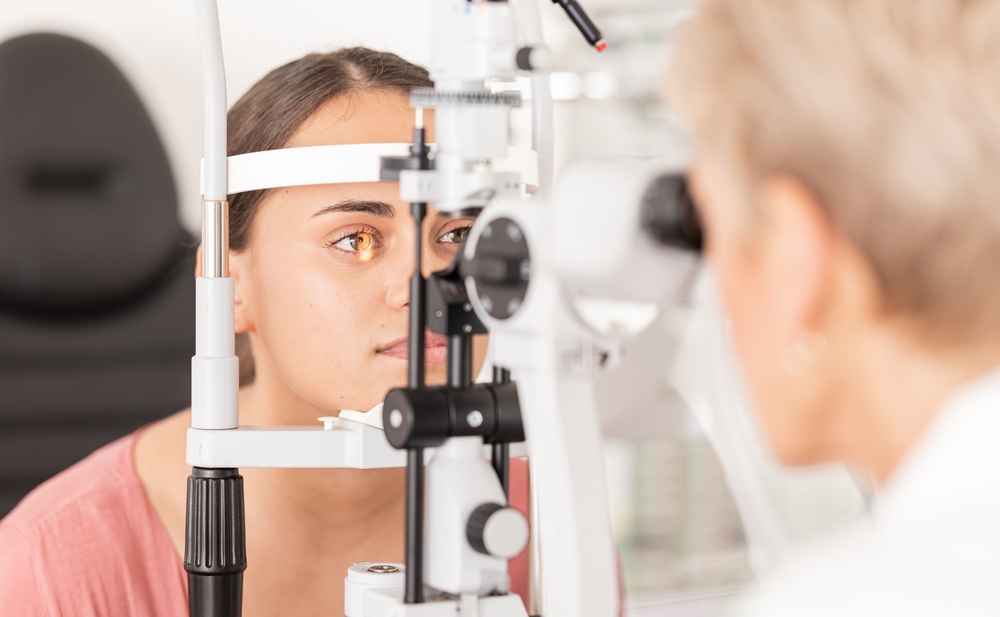
Your eyes are a vital sensory organ. They help you perceive 80 percent of inputs and impressions that help make sense of what surrounds you. Low vision is when you have vision loss that prescription, contacts, glasses, surgery, or medication cannot correct.
The World Health Organization describes it as an individual’s best eye, with below 20/70 vision even with the best correction possible. Read on to learn the primary causes of low vision.
Glaucoma
Your optic nerve can gradually get damaged due to a condition called glaucoma. The damage occurring over time typically happens due to a buildup of eye pressure because of drainage issues or the eye producing excessive fluid. Glaucoma results in vision loss. It is one of the leading causes of blindness in the United States.
It is vital to visit your eye doctor for a regular check of your eye pressure. Doing so will help with the early detection of the condition to help reduce vision loss through surgery or medication.
Cataracts
The lens of your eye can become cloudy due to the development of a cataract. As a result, light entering your eye cannot reach your retina. Hence, you experience general vision loss. Disease, genetics, and long-term exposure to UV rays from the sun can cause cataracts as you advance in age. You can have cataract surgery to remove the clouded lens and replace it with a clear one.
Age-related Macular Degeneration
Some people suffer from this condition as they age. The center of your retina, also known as the macula, starts deteriorating as you grow old. The macula controls your central vision. Macular degeneration can affect your capability to read, drive, perform fine-detail tasks, and recognize faces.
Diabetic Retinopathy
Up to 45 percent of people with diabetes have diabetic retinopathy. It damages the retina gradually to cause total blindness if untreated. High blood sugar levels in your body can damage blood vessels in the body and eyes.
You can start experiencing cloudy or blurry vision when the capillaries in your eye leak fluids and blood and your retina swells. The most vital treatment to help reduce the damage caused by diabetic retinopathy is to regulate your blood sugar levels.
Retinitis Pigmentosa (RP)
RP is a group of eye diseases that destroy peripheral and night vision. It damages the rods and cons or the light-sensitive cells in your retina. Night blindness is the first symptom an individual with this condition will experience. You can observe this when an individual is in their teenage years or as a young adult. Unfortunately, retinitis pigmentosa diagnosis often progresses to complete blindness by the time one reaches the age of 40.
Traumatic Brain Injury
Brain injuries, strokes, or head traumas can blur your vision significantly. They can reduce your visual acuity, cause changes to your visual field, glare sensitivity, problems with depth perception, and eye misalignment.
Amblyopia
The lack of development of central vision in one eye can cause a lazy eye. The problem often develops in children before six years. It may not be an eye health issue. Sometimes, vision can fail to evolve as it should during childhood.
An early diagnosis can help correct the problem and reverse the condition. As such, babies need a comprehensive eye exam by six months and another when they turn three years old. Reversing or improving the condition can be impossible if left untreated until one becomes an adult.
For more about low vision, visit Positive Eye Ons Optometry at our office in Los Angeles, California. Call (323) 651-5646 to book an appointment today.







